In an adult world filled with struggles and hardships, encountering symbols of innocence can feel like a refreshing breeze on a hot day. These symbols, like the gentle dove, the carefree smiles of children, or the nostalgic games we loved, remind us of a simpler time when joy came easily.
As we navigate today’s fast-paced life, it’s important to reconnect with those elements that evoke happiness and nostalgia.
In this article, we’ll explore 17 popular symbols of innocence and youth from around the world, delving into their meanings and how they resonate with our experiences today. Get ready to rediscover the magic of childhood and find out how these timeless symbols can inspire us to embrace joy in our everyday lives!
1. White Dove
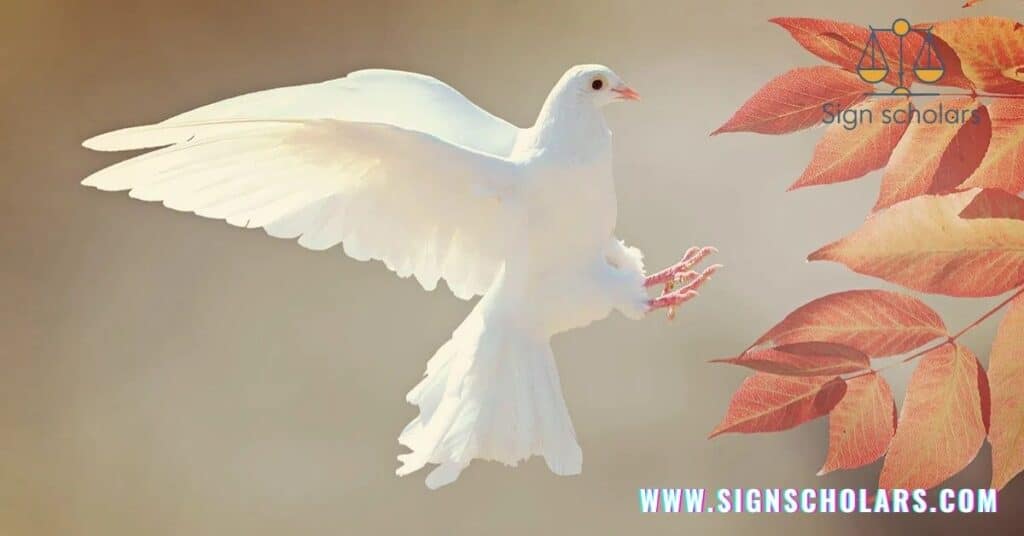
When you think of innocence, the image of a white dove often comes to mind. This beautiful bird symbolizes peace and purity across various cultures and religions. In Christianity, the white dove represents the Holy Spirit, as seen during Jesus’ baptism when a dove descended from the heavens.
Similarly, in the story of Noah, the dove returned with an olive branch, signifying the end of the flood and a new beginning. This connection to hope and renewal makes the white dove a powerful symbol of innocence.
Beyond religious contexts, the white dove also appears in art and literature, often representing love and harmony. Picture a wedding ceremony where a couple releases doves into the sky; it’s a beautiful gesture symbolizing their pure love and commitment.
Additionally, the white dove serves as a reminder to embrace peace in our daily lives. When you see a dove, it invites you to reflect on your own journey toward understanding and compassion.
Today Popular : Venus trine Mars Synastry: Everything You Need To Know
2. Baby Animals as Symbols of Innocence

Baby animals evoke an instinctive sense of protection and warmth, making them powerful symbols of innocence. Think about a fluffy puppy or a tiny kitten; their playful nature and vulnerability remind us of the purity found in youth.
These little creatures embody joy and curiosity, sparking a sense of nostalgia for simpler times. Just watching a baby animal play can lighten your mood and inspire a sense of wonder.
In many cultures, baby animals like lambs symbolize innocence and purity. For example, in the Bible, Jesus is often referred to as the “Lamb of God,” highlighting the connection between innocence and sacrifice. Moreover, the sight of a baby bird learning to fly embodies hope and the promise of new beginnings.
These symbols encourage us to cherish the innocence found in both nature and human experiences. Next time you see a baby animal, let it remind you of the beauty of life and the importance of nurturing that innocence in ourselves and others.
3. Carefree Smile
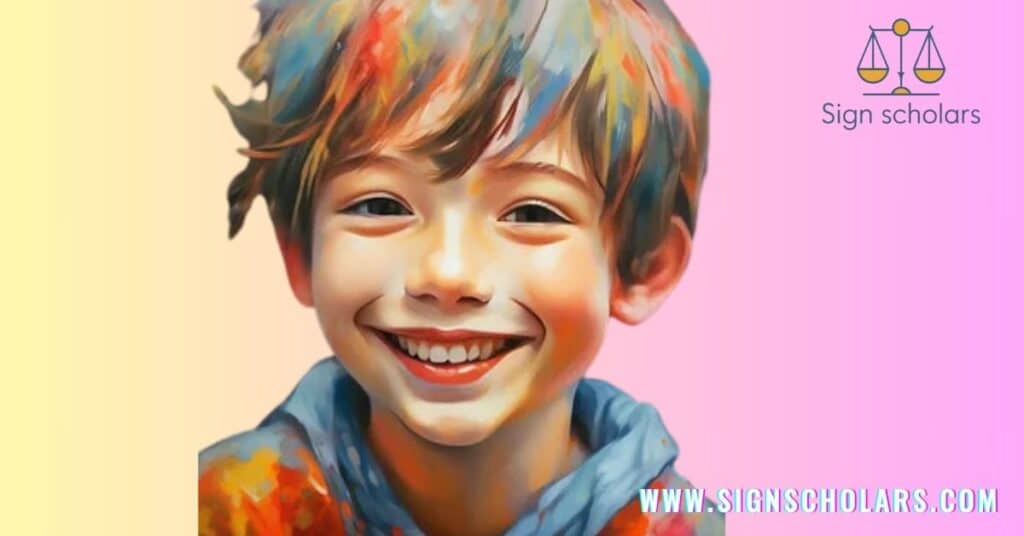
A carefree smile radiates pure joy and innocence, capturing the essence of happiness in its simplest form. This genuine expression often reminds us of childhood, a time when worries seemed distant and laughter came easily.
Think about a child’s smile as they play in a sunny park—it’s infectious and brings warmth to those around them. A carefree smile symbolizes not just happiness, but also a sense of freedom, allowing us to embrace the moment without hesitation.
In many cultures, a smile represents hope and positivity. It can break barriers and create connections among people. Whether it’s a spontaneous grin or a knowing smirk, a carefree smile often reflects an open heart and a trusting spirit.
When you share a smile, you invite others to join in that moment of joy, creating a ripple effect of positivity. So next time you see someone smiling freely, let it inspire you to connect with your own sense of innocence and joy.
Today The Popular : 15 Symbols Of Forgiveness Around The World
4. Carefree Eyes
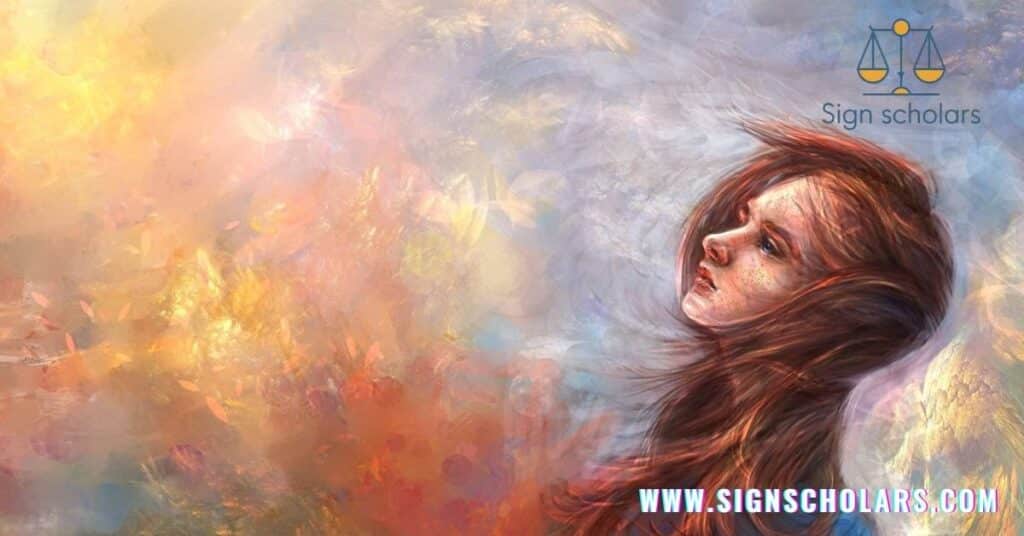
Carefree eyes tell stories without saying a word. When you look into someone’s eyes that sparkle with joy and curiosity, you witness innocence and wonder. These eyes often reflect a childlike spirit, full of dreams and untainted by the harsh realities of life.
Imagine the bright, wide eyes of a child discovering something new—it’s a beautiful reminder of the magic that surrounds us every day.
The way carefree eyes light up can evoke feelings of nostalgia, transporting us back to simpler times. They symbolize hope, openness, and a genuine connection with the world. In literature and art, eyes often serve as a window to the soul, revealing emotions and innocence that words cannot express.
When you encounter someone with carefree eyes, take a moment to appreciate that purity and let it inspire you to view the world through a lens of curiosity and wonder. Embrace that perspective, and you might rediscover the joy in everyday life.
5. Butterfly
The butterfly is a stunning symbol of innocence and transformation. With its delicate wings and vibrant colors, it captivates our attention and sparks our imagination. From the moment a butterfly emerges from its chrysalis, it embodies the beauty of change and the fragile nature of life.
This metamorphosis is a powerful reminder that even the most delicate beings can undergo profound transformations, much like the journey from childhood to adulthood.
In many cultures, butterflies represent hope and new beginnings. Their brief yet beautiful lives encourage us to appreciate the present moment and embrace our own journeys. When you see a butterfly flitting about, it often evokes feelings of joy and whimsy, reminding us of the simple pleasures that life offers.
Whether painted on a canvas or fluttering through a garden, butterflies serve as a gentle nudge to reconnect with our inner child and cherish the innocence that resides within us all.
6. Bubbles

Bubbles float through the air, capturing the essence of innocence and playfulness. Watching a child blow bubbles can transport you back to carefree days filled with laughter and joy. Each bubble, shimmering and delicate, represents a moment of happiness, bursting with potential.
These tiny spheres invite us to engage our senses and experience the world with wonder, reminding us that life’s simplest pleasures often bring the greatest joy.
The act of blowing bubbles is not just fun; it also embodies the fleeting nature of innocence. Like the bubbles themselves, moments of joy can be ephemeral, encouraging us to savor every second.
In art and literature, bubbles often symbolize dreams and aspirations—transparent yet full of color, they remind us of our hopes and desires. So, the next time you see bubbles drifting in the breeze, let them inspire you to embrace the playful spirit within and celebrate the beauty of life’s simple moments.
7. Angel Wings
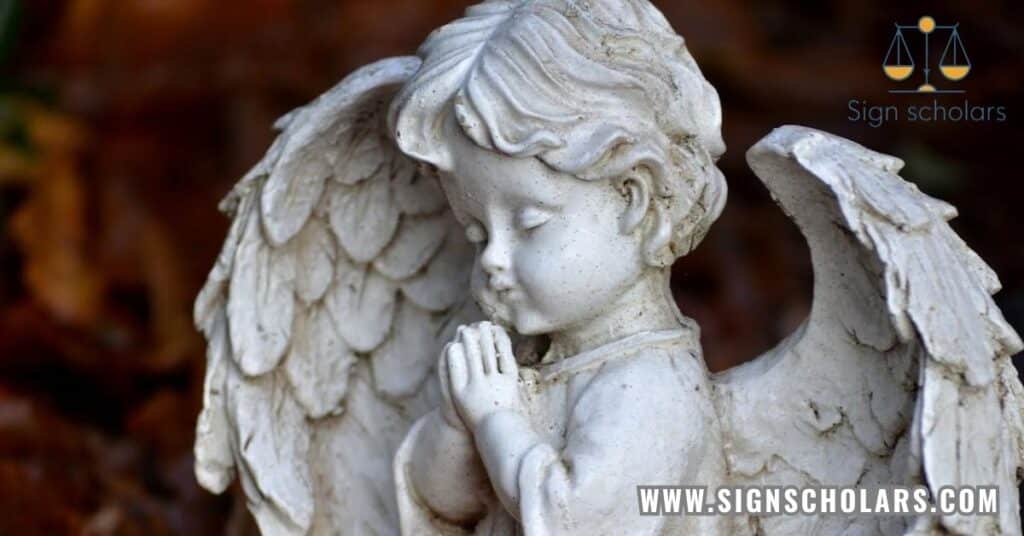
Angel wings embody the essence of innocence, purity, and protection. Often depicted in art and literature, these ethereal wings symbolize a connection to the divine and the presence of guardian spirits.
When you think of angel wings, you might envision a serene figure, offering comfort and guidance. This imagery invites us to reflect on the innocence of childhood, where every day feels magical and filled with possibilities.
In many cultures, angel wings represent hope and the belief that we are never truly alone. They remind us that there’s a protective force watching over us, nurturing our dreams and aspirations.
The delicate feathers evoke feelings of safety and warmth, encouraging us to embrace our own innocence and the goodness in the world. Whether seen in paintings, tattoos, or fashion, angel wings inspire us to carry a sense of lightness and compassion in our hearts.
8. Teddy Bears
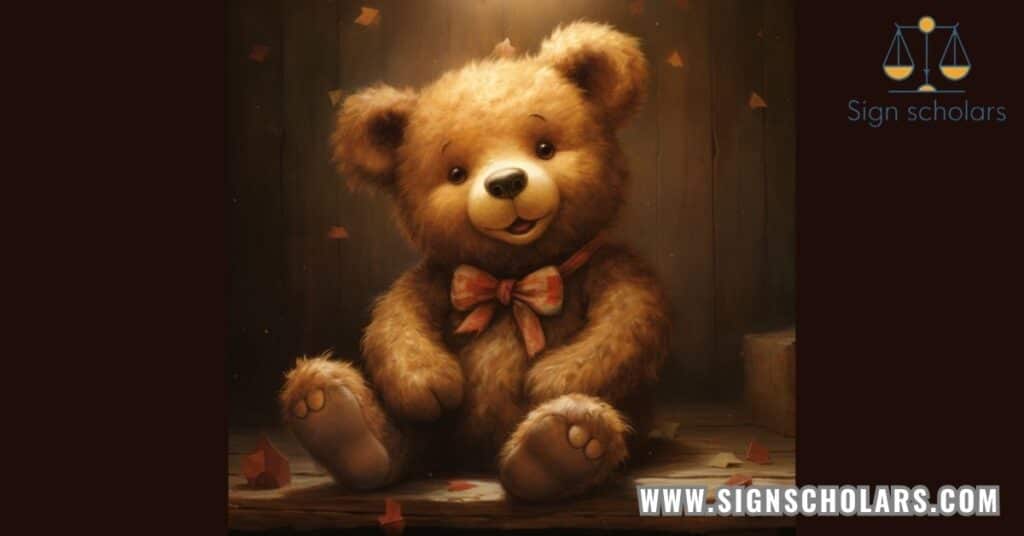
A teddy bear is more than just a cuddly toy; it symbolizes innocence, comfort, and companionship. From the moment a child hugs their first teddy bear, they create a bond that offers solace and security.
This beloved stuffed animal often serves as a confidant, a friend who listens without judgment. The simple, soft exterior of a teddy bear reminds us of the warmth and safety of childhood.
In popular culture, teddy bears have become icons of love and affection. They’re often given as gifts to celebrate milestones, such as birthdays or graduations, signifying a cherished connection.
The sight of a teddy bear evokes feelings of nostalgia, taking us back to simpler times when life was carefree and filled with imagination. So, whether you’re a child or an adult, a teddy bear can remind you to hold onto that sense of innocence and comfort in your life.
Recommended Article : Symbols Of Resilience in Cultures and Arts Around The World
9. Baby Animals

Baby animals evoke a sense of wonder and joy, making them powerful symbols of innocence. Imagine a tiny kitten chasing after a ball of yarn or a puppy tumbling over its own paws—these delightful moments remind us of the purity and playfulness found in youth.
Each baby animal, from fluffy chicks to playful lambs, embodies a spirit of curiosity that invites us to engage with the world around us.
In various cultures, baby animals symbolize new beginnings and the beauty of life. They evoke feelings of love and protectiveness, encouraging us to nurture and cherish the innocence within ourselves and others.
Observing these little creatures can spark joy and remind us of the importance of play in our own lives. The next time you see a baby animal, take a moment to appreciate its charm and let it inspire you to embrace the joy and innocence that life has to offer.
10. Balloons

Balloons are vibrant symbols of innocence, joy, and celebration. They float gracefully through the air, often seen at birthday parties, festivals, and special occasions, bringing a sense of wonder and excitement.
The sheer variety of colors and shapes invites creativity, sparking the imagination of both children and adults alike. Just watching a balloon dance in the breeze can evoke feelings of nostalgia, reminding us of simpler times filled with laughter and carefree moments.
In many cultures, balloons represent hope and aspirations. Releasing a balloon into the sky can symbolize letting go of worries and embracing new possibilities. They are also associated with childhood innocence, where the world feels full of magic and adventure.
Whether filled with helium or air, balloons inspire us to celebrate life’s joyful moments and to reconnect with that playful spirit within us.
11. Sweet Dreams

The phrase sweet dreams encapsulates the warmth and comfort associated with innocence and peaceful slumber. It evokes imagery of cozy beds, gentle lullabies, and the safety of childhood.
When we think of sweet dreams, we often picture children drifting off to sleep, surrounded by love and security. This serene state reminds us of the purity of our dreams and the limitless possibilities that lie ahead.
In many cultures, the concept of sweet dreams is tied to protection and guidance during sleep. It represents a time when worries fade away, and we can explore our imagination freely.
Encouraging children to have sweet dreams instills a sense of safety and tranquility, reinforcing the importance of nurturing innocence. As we navigate the complexities of adulthood, remembering the comfort of sweet dreams can help us find peace and serenity in our hectic lives.
12. Snowflakes

Snowflakes are exquisite symbols of innocence and individuality. Each snowflake is unique, showcasing nature’s artistry and elegance. When we see snowflakes gently falling from the sky, it evokes a sense of wonder and tranquility, reminiscent of childhood days spent playing in the snow. Their delicate beauty invites us to pause and appreciate the simple pleasures of life.
In many cultures, snowflakes symbolize new beginnings and fresh starts. They blanket the world in white, transforming familiar landscapes into magical winter wonderlands. This seasonal change encourages us to embrace the beauty of innocence and the joy found in nature.
As we watch snowflakes dance in the air, we are reminded of the importance of individuality and the unique experiences that shape our lives.
13. Crayons
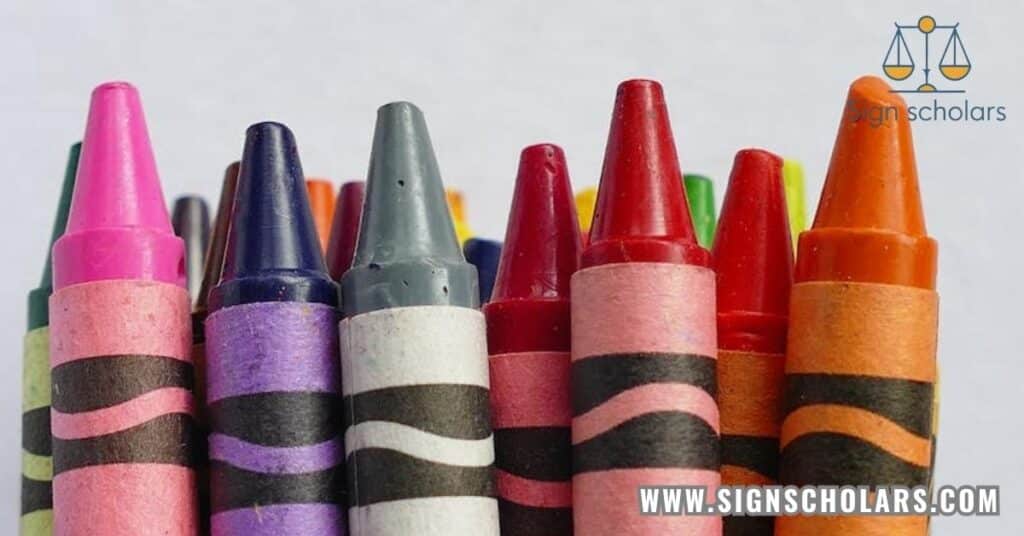
Crayons are a delightful embodiment of innocence and creativity. The vibrant colors and smooth textures invite children to express themselves through art. From the first scribble to more intricate drawings, crayons provide a medium for exploration and imagination.
Each stroke of color represents a child’s unique perspective of the world, capturing their innocence and joy.
In educational settings, crayons are often used to encourage creativity and self-expression. They symbolize a time when the possibilities are endless, and there are no limitations to what one can create.
The simple act of coloring can transport us back to our childhood, reminding us of the importance of play and artistic expression in our lives. As we engage with crayons, we celebrate the beauty of innocence and the joy of creativity.
14. Kites

Kites are delightful symbols of innocence, freedom, and the joy of play. When we see a kite soaring high against a clear blue sky, it evokes a sense of wonder and adventure. Flying a kite is often associated with carefree days spent outdoors, where laughter and excitement fill the air. The act of guiding a kite through the wind reflects the spirit of exploration and the joy of being in the moment.
In many cultures, kites also represent connection—between the earth and sky, the past and future. They remind us of the importance of embracing our dreams and aspirations, just as a kite dances on the breeze.
The vibrant colors and playful designs of kites invite creativity and imagination, encouraging us to celebrate our inner child and the innocence that comes with it.
15. Lambs

Lambs are universally recognized symbols of innocence, purity, and new beginnings. With their soft wool and gentle demeanor, lambs evoke feelings of warmth and tenderness. In various cultures, lambs are associated with spring and renewal, representing the cycle of life and the joy of new possibilities. Their playful nature and curiosity remind us of the beauty found in simplicity.
In the Bible, lambs are often used as symbols of sacrifice and redemption, embodying the essence of innocence. This connection reinforces the idea that true purity lies in our ability to love and nurture.
When we see lambs frolicking in a field, it invites us to embrace that innocence and to protect the vulnerable aspects of our own lives. Lambs serve as a gentle reminder to cherish the moments of purity that exist in the world around us.
16. Lady Bugs

Ladybugs are charming symbols of innocence, luck, and protection. Their bright red shells adorned with black spots make them instantly recognizable, evoking a sense of joy and wonder.
When a ladybug lands on your hand, it often feels like a special moment, as these little creatures are believed to bring good fortune. Their gentle presence reminds us of the beauty of nature and the simple joys that life offers.
In many cultures, ladybugs are associated with positive outcomes and are seen as protectors of gardens. They symbolize the importance of nurturing and caring for our environments, embodying the innocence of childhood curiosity.
Observing a ladybug can inspire us to appreciate the small wonders in life and to reconnect with our playful spirit. They remind us that even the tiniest creatures can have a significant impact on our lives and the world around us.
17. Cartoonish Drawings
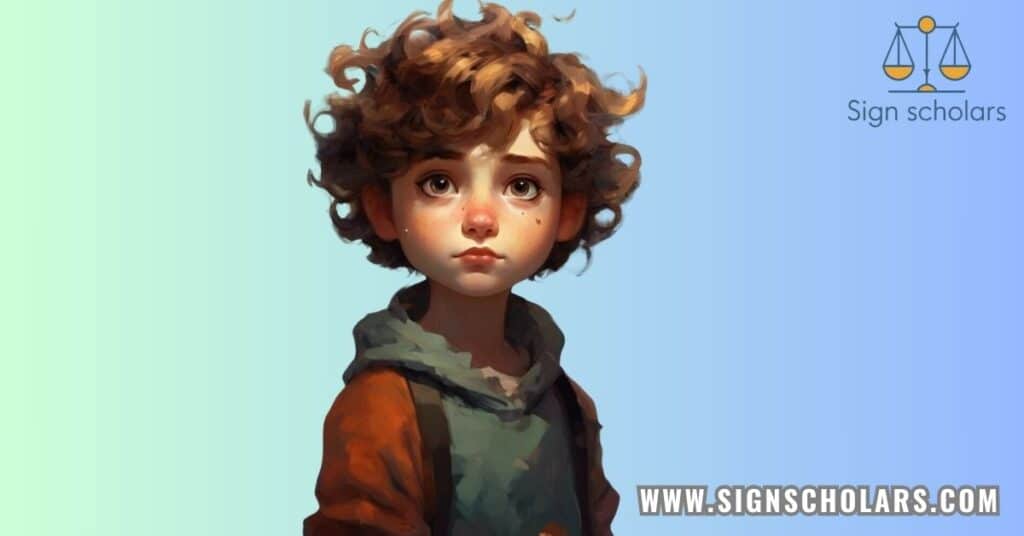
Cartoonish drawings encapsulate the essence of innocence and creativity. With their exaggerated features and lively colors, these drawings evoke a sense of fun and playfulness.
They often depict whimsical characters and fantastical scenarios, inviting viewers to engage with their imaginations. Cartoonish art allows both children and adults to express themselves freely, celebrating the joy of creativity without the constraints of realism.
In many ways, cartoonish drawings represent the carefree spirit of childhood, where everything is possible and laughter is abundant. They encourage us to embrace our inner child and to find joy in the simple act of drawing.
Whether it’s doodling in a notebook or creating elaborate scenes, cartoonish drawings remind us of the importance of play and self-expression in our lives. They serve as a joyful reminder that innocence and creativity can coexist beautifully, enriching our experiences.
Conclusion
Innocence and joy are beautifully represented through symbols like butterflies, kites, and teddy bears, reminding us of the simple pleasures in life. These elements encourage us to embrace our creativity and nurture our inner child, enriching our personal journeys.
As we navigate our careers and life paths, holding onto that sense of wonder can inspire us to pursue our passions, fostering a fulfilling and meaningful existence. Ultimately, it’s about blending innocence with ambition to create a life filled with joy and achievement.




![Mike Bickle Net Worth 2025 [UPDATE]: Personal Life and Controversies](https://signscholars.com/wp-content/uploads/2025/06/mike-bickle-net-worth-2025-personal-life-and-controversies-150x150.jpg)
![Roll Tide Willie Net Worth [UPDATE]: How Rich Is He in 2025?](https://signscholars.com/wp-content/uploads/2025/06/roll-tide-willie-net-worth-how-rich-is-he-in-2025-150x150.jpg)

